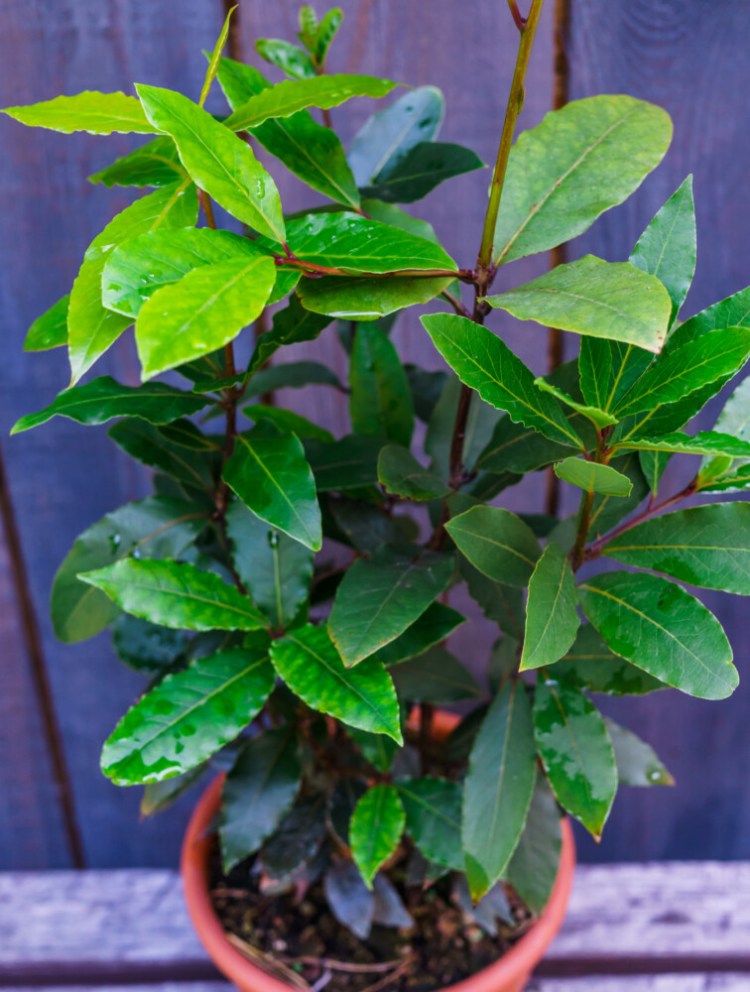As the gift-giving season rolls around, the annual question arises: What do gardeners most want? It varies of course, but in the end, it is all about the plants.
You can buy plants for beauty – either indoors now when the temperatures and icy conditions make growing outside impossible, or outdoors when the season arrives again. Most, but not all, food plants you’ll consider giving must wait until we have again survived the cold, snow and ice and are ready to greet a new growing season.
The first decision the gift giver must make is whether to be direct and give an actual plant or indirect with a gift that will help the recipients grow plants on their own.
My wife Nancy and I have tried both approaches, with varying success.
We studiously avoid giving plants connected with the holiday. If people want a poinsettia or a Christmas cactus, they buy them sometime around Thanksgiving and typically enjoy them throughout the pre-holiday season. The plants’ appeal usually fades when the holiday has passed.
You want to give a plant that is beautiful when it is given. This means you will be required to drive to a local plant nursery to find a specimen that meets your needs. (For me, at least, wandering through plant stores in the dead of winter is as good as a quick trip to Florida – maybe better, because you don’t have to deal with Floridians – no offense intended, sister-in-law Martha.)
An orchid is an obvious choice. Pick one in bloom, or about to come into bloom, with multiple stems, put it in a gift bag, and you’re all set.
A couple weeks ago, I wrote about miniature fruit trees, and one of those could work – especially if it has ripening fruit on it. After that column appeared, a reader sent me a photo of an arabica coffee plant with red coffee cherries on it. The reader has been growing the plants for about five years and roasts the cherries, when ripe, to create usable coffee beans. Talk about local coffee!
I did a little research and learned that the plants like indirect light and temperatures similar to a Maine home in winter. They are evergreen, so will look good year-round. Local nurseries sometimes carry coffee plants – Skillins had two available when I called – or you can find them online.
Last winter, we gave a bay laurel tree for Christmas, so the recipients could use the bay leaves in cooking. This is a Zone 7 plant that in ideal conditions in areas well south of us could grow up to 50 feet tall. In Maine, it is an indoor plant.
The couple enjoyed it during the winter, but sometime in spring all of the leaves fell off. They placed it in an out-of-the-way corner of their garden, pruned it a bit, fed it, and otherwise ignored it. In the fall, they noticed it had put out new leaves. They brought the bay laurel indoors and plan to use it for cooking again this winter.
If a bay laurel seems too tricky, buy three or four different herb plants – a nice gift provided the recipient actually cooks. You can come up with a similar or better idea when visiting your local plant dealers.
Another option is to buy tools to help the recipients improve their gardens. Different gardeners have different preferences, of course, but if you have a trowel or a set of pruners that you especially like, give one to another gardener as a gift. Giving a tool you like is akin to sharing gardening tips, and works especially well for people new to gardening.
One addition to the Johnny’s Selected Seeds catalog intrigued me – but I think it would work only for a commercial farmer or a really serious home vegetable grower.
The Mutineer hoe handle was developed by Mainer Eliot Coleman and Conor Crickmore of Neversink Farms in the Catskill Mountains in New York. The handle costs about $60, and it holds all sorts of heads used for weeding and hoeing, including wire weeders and co-linear hoes. A set of those heads cost $100 or more, depending on which set you choose. It’s not cheap, even though you need only one handle for multiple tools. You can carry all the heads on a carabiner, so you have what you want in the garden without having to go back to the tool shed.
If you are at a total loss for a gift for the gardener in your life, find out where he or she shops and buy a gift card or gift certificate.
My favorite gift, though, is time. If you are in decent shape and have friends or neighbors who can no longer take care of their gardens, make them a gift certificate for a few hours of weeding, edging or raking – a very physical task that your gardener recipients are unlikely to be able to do themselves. Maybe provide a folding lawn chair so the recipient can sit and talk with you about gardening while you work.
It will probably be their favorite gift.
Tom Atwell is a freelance writer gardening in Cape Elizabeth. He can be contacted at: tomatwell@me.com.
Comments are not available on this story.
Send questions/comments to the editors.


